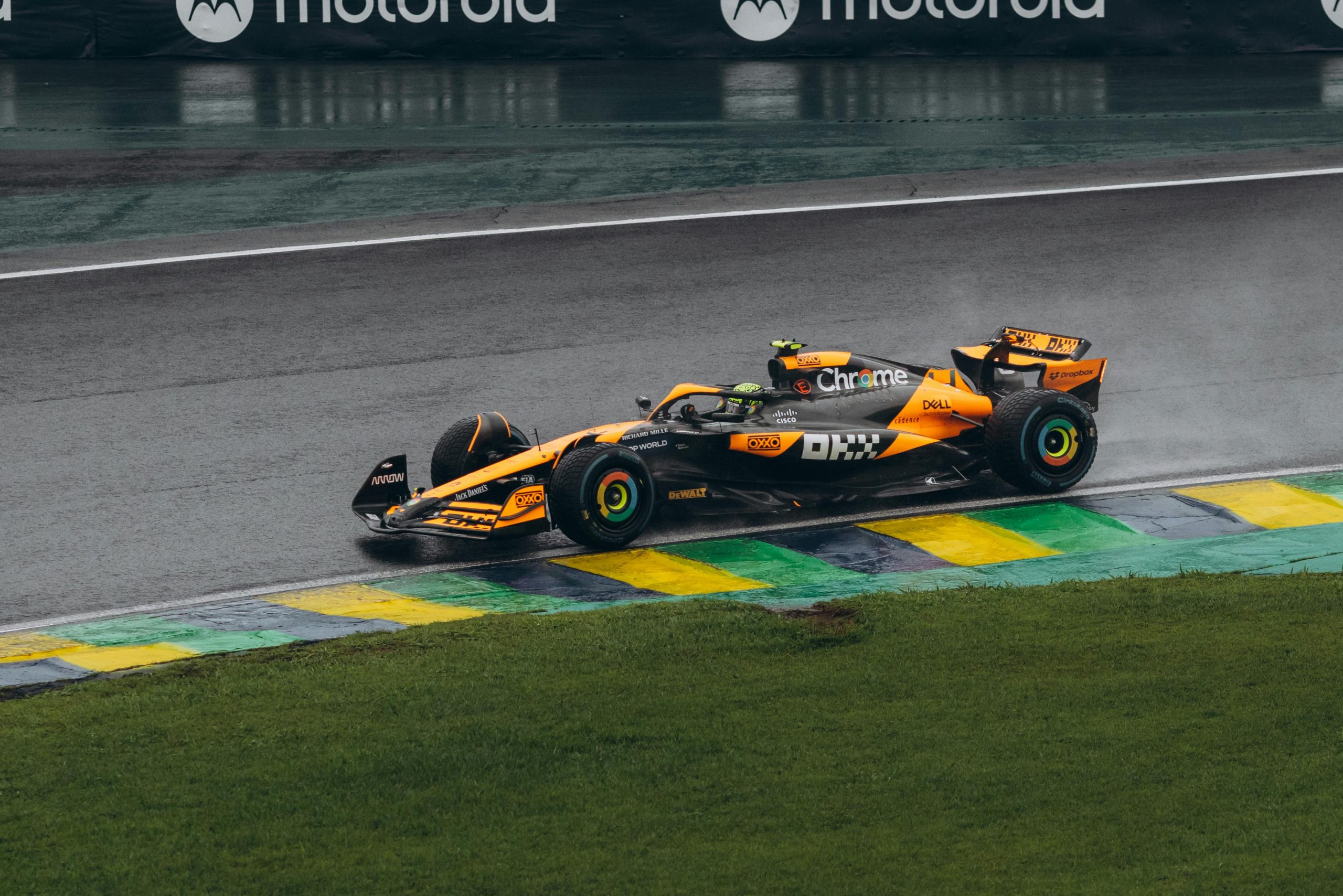Understanding and Troubleshooting Sudden PC Crashes and Display Issues
If you’ve been experiencing unexplained crashes and display blackouts on your custom-built PC, you’re not alone. Many users encounter similar issues that can be perplexing and disruptive. In this article, we’ll explore potential causes and outline effective troubleshooting steps to help diagnose and resolve these problems.
Identifying the Problem
Users have reported symptoms such as:
- Sudden increases in fan noise, sometimes extremely loud.
- All connected screens turning black unexpectedly.
- Occasional system crashes that seem to occur randomly or when interacting physically with the PC.
- Crashes happening during resource-intensive tasks like gaming or even during simple actions such as scrolling.
Such behavior can be indicative of hardware or connection issues, power problems, or software conflicts. Notably, these issues have been observed across different Windows versions (Windows 10 and Windows 11), emphasizing that the problem is likely hardware-related or related to system configuration.
Potential Causes
- Loose or Faulty Hardware Connections
-
Physical contact seeming to trigger crashes suggests possible loose cables or components, especially around graphics cards, power supplies, or data connectors.
-
Graphics Card Problems
-
Overheating, driver issues, or physical faults in the GPU can cause display blackouts and system instability.
-
Power Supply Units (PSUs)
-
An inconsistent or failing PSU can lead to power fluctuations, causing crashes and noise spikes from fans.
-
Motherboard or RAM Issues
- Faulty RAM modules or motherboard connections may lead to system crashes, particularly after physical contact or movement.
Troubleshooting Steps
While diagnosing hardware issues can be complex, these steps provide a structured approach:
- Secure Hardware Connections
-
Turn off the PC, unplug it from power, and carefully check all internal cables and component seating:
- Ensure the graphics card is firmly seated.
- Confirm RAM modules are properly inserted.
- Verify all power connectors are securely connected.
-
Test with Minimal Hardware Setup
-
Remove non-essential components to isolate the problem:
- Use only the motherboard, CPU, one stick of RAM, and the graphics card.
- If possible, test with alternate RAM or graphics card.
-
Check for Overheating
- Monitor system temperatures using software tools like HWMonitor or MSI Afterburner.
-
Clean dust from fans and heatsinks to improve cooling.
-
**
Share this content:



